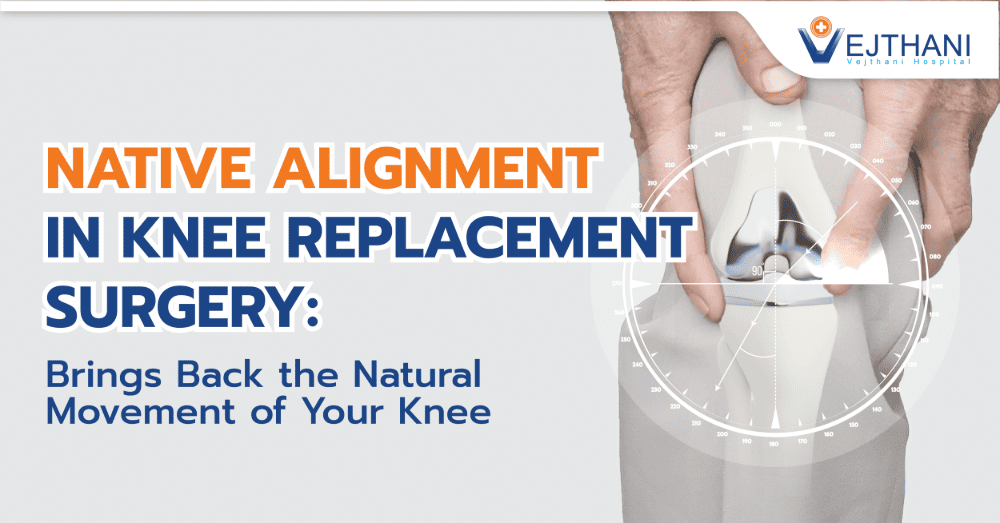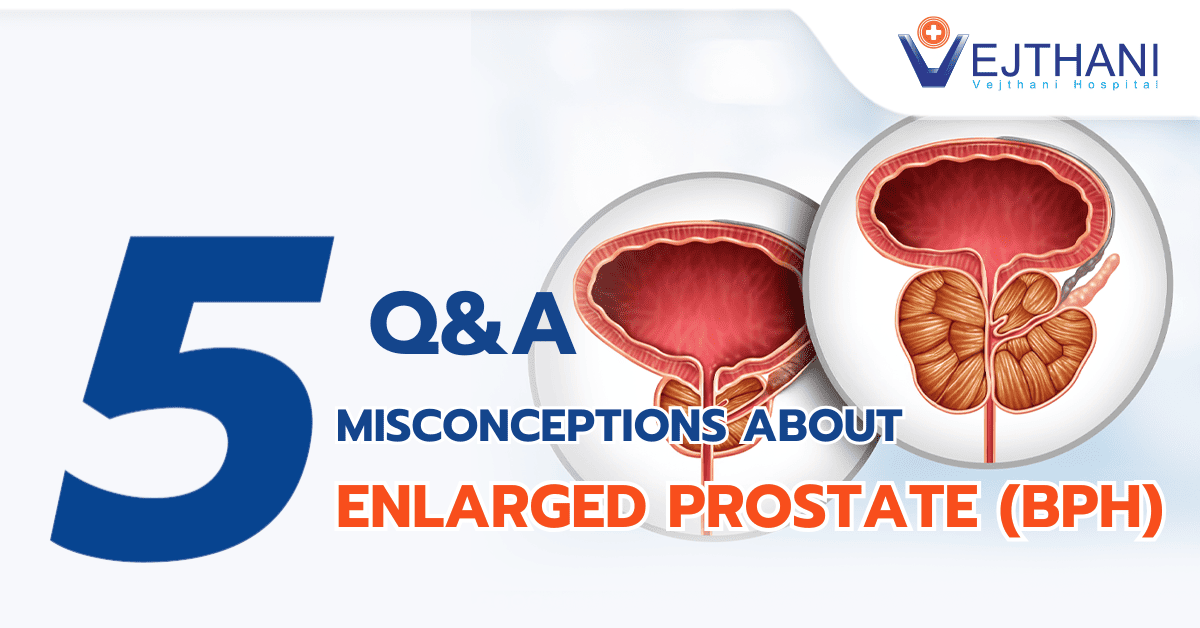
Cord Blood Banking
Overview
Cord blood banking involves collecting and storing your baby’s umbilical cord blood after birth. After the umbilical cord is cut, the blood remaining inside it, known as cord blood, is collected. The umbilical cord, which is clamped and cut shortly after birth, connects your baby to the placenta. The placenta, which grows in your uterus, provides the developing fetus with nutrients and oxygen.
Umbilical cord blood contains vital stem cells that play a crucial role in treating a variety of severe illnesses. While healthy individuals typically generate enough stem cells, those with specific medical conditions may not. For these individuals, cord blood stem cells can be lifesaving. Cord blood banks are specialized facilities dedicated to collecting and storing these stem cells for potential use in transplants or medical research.
Participation in cord blood banking is a voluntary choice. Some parents opt to store their baby’s cord blood, while others do not. If parents choose not to store or donate the cord blood, it is usually disposed of along with the placenta. Healthcare providers often discuss cord blood banking during prenatal appointments to assist parents in making well-informed decisions.
Cord Blood
Cord blood refers to the blood retained in your baby’s umbilical cord post-birth. Similar to regular blood, it comprises red and white blood cells, platelets, and plasma. However, it also harbors a specific type of stem cell akin to those present in bone marrow, known for their ability to bolster the immune system. These cells are unique because they can develop into different types of blood cells. Their capacity to transform into various cell types makes them highly valuable.
The utility of stem cells extends to treating numerous diseases, spanning from leukemia to genetic disorders and immune system ailments. Researchers have unveiled that cord blood holds promise in addressing as many as 80 different conditions.
Finding a match for stem cells from cord blood
Cord blood banks analyze and process the cord blood they receive. Every person’s blood and cells have specific characteristics. For stem cells to effectively treat a disease, these characteristics must match between the donor’s stem cells and the recipient’s cells. A match indicates that the characteristics are similar, allowing the donated stem cells to help the recipient’s immune system combat diseases.
If you choose to bank your baby’s cord blood, it will be processed and tested. The blood is then categorized, enabling the cord blood bank to identify the best match when someone in need requires it.
Types of umbilical cord blood banking
Public cord blood banks and private (or family) cord blood banks are the two different kinds of cord blood banks. There are several ways that they differ.
Public cord blood banking
Think of public cord blood banks as large donation centers. By donating your baby’s cord blood, you provide a valuable resource that could potentially save a stranger’s life. Many doctors recommend donating to public banks because it benefits others without any risk to you. Each year, thousands of people need stem cell donations, and the stem cells stored in public banks are available to anyone who matches.
Key details about public cord blood banks include:
- If your hospital collaborates with a public cord blood bank and is certified to collect cord blood, it is free.
- The cord blood is given to those in need or used in medical studies.
- In order to guarantee that cord blood is collected and maintained in accordance with specific safety criteria, the Food and Drug Administration (FDA) oversees all public cord blood banks.
- It’s not identifiable. Nobody is aware that the cord blood belongs to your child.
- Not everyone is eligible to donate because of certain conditions.
Private cord blood banking
Families have the option to store their baby’s cord blood in a private bank, guaranteeing its exclusive accessibility for their own use. Private cord blood banks prove especially advantageous for families with a medical history of conditions that can be treated with stem cells or if a family member requires a stem cell transplant at present.
Additional details about private cord blood banks include:
- There will be yearly storage fees in addition to the initial collecting price.
- The cord blood belongs to you. It is only for usage by your family.
- The probability of needing to use cord blood is typically low. In fact, children usually cannot use their own cord blood.
- Private cord blood banks are not regulated by the FDA.
While some view privately storing cord blood as a safeguard in case their baby becomes ill. However, this is generally not the case. The probability of a child actually requiring their own cord blood is typically minimal. Medical professionals typically advocate for private banking solely in instances where a sibling possesses a congenital condition that could potentially benefit from stem cells. Considering the slim likelihood of ever utilizing the stored cord blood, the majority of privately banked samples ultimately end up being discarded.
Reasons for undergoing this procedure
Cord blood contains stem cells that can be potentially lifesaving. Individuals in need of stem cell transplants can greatly benefit from your baby’s cord blood. Once transplanted, these stem cells aid in generating new, healthy cells. Stem cell transplants are crucial for individuals with:
- Bone marrow disorders that call for a transplant.
- Cancers such as lymphoma and leukemia.
- Anemia such as sickle cell disease.
- Certain illnesses of the immunological system.
Scientists are investigating the potential therapeutic uses of cord blood for other serious illnesses like diabetes and Parkinson’s disease.
Before the procedure
Hospital procedures may vary, but it’s advisable to finalize your decision regarding cord blood banking before reaching the 34th week of pregnancy. As not all hospitals stock cord blood collection kits, certain cord blood banks may need to dispatch a kit to the hospital in advance. Furthermore, you’ll be required to fill out a consent form and provide responses to several health history inquiries before the collection process. Additionally, private banks typically mandate payment of the collection fee prior to the delivery of your baby.
During the procedure
Cord blood collection. If you opt to preserve your baby’s cord blood, your doctor will collect it immediately after clamping and cutting the umbilical cord. Using a needle, they will extract the blood from the cord and place it into a collection bag. This procedure is harmless and poses no risk to you or your baby, taking only a few minutes to complete. Your doctor will then send the collected cord blood to the cord blood bank on your behalf.
After the procedure
Cord blood storage. Your doctor will arrange for the cord blood to be sent to the cord blood bank on your behalf. At the bank, the blood undergoes processing and typing. Additionally, it undergoes screening for diseases or disorders to ensure its safety for future use. If the blood meets the necessary criteria, it is cryogenically frozen. Subsequently, the cord blood bank stores it until a suitable match is found.
Outcome
Donating cord blood does not impact your delivery process in any way. Whether you undergo a vaginal birth or a Cesarean section (C-section), you retain the option to bank the cord blood. The collection process poses no harm to your baby, as no blood is extracted directly from them. However, it’s imperative to inform your doctor several weeks in advance if you intend to donate cord blood.
Contact Information
service@vejthani.com






















